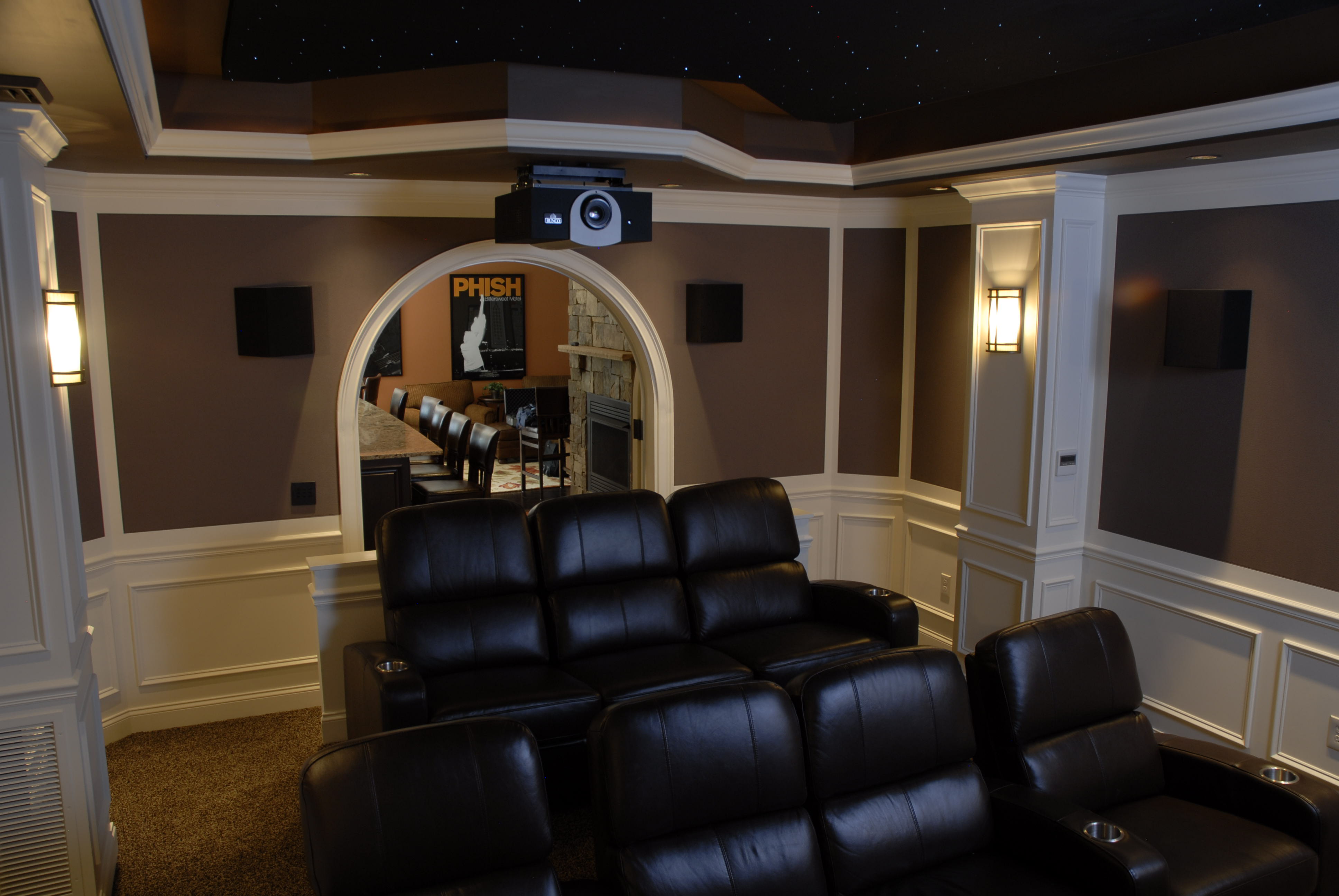One of the initial factors when selecting a CCTV setup is the kind of cameras required. There are several types of cameras available, such as bulb devices, projectile devices, and PTZ (pan-tilt-zoom) cameras. Dome cameras are commonly employed for interior monitoring due to their discreet design, while bullet cameras are more noticeable and are generally employed outdoors. PTZ cameras offer the ability to zoom in on specific areas and can be operated from a distance. Assessing the specific environment and the areas that require surveillance will assist determine which type of device is best appropriate.
Another important consideration to consider is the resolution of the devices. Higher clarity cameras provide sharper images, which can be critical for identifying people or features in a scene. Typical resolutions consist of basic definition (SD), elevated resolution (HD), and ultra-high resolution (UHD). Although higher resolution devices may come at a higher price, they can significantly enhance the effectiveness of a monitoring system. It is also crucial to consider the lighting circumstances in the area being monitored, as some devices are better equipped to manage dim situations than others.
Recording choices are also a key component of CCTV setups. Video footage can consume up a significant amount of space, so it is crucial to select a system with adequate capacity capacity. Many systems provide online storage, which allows for off-site retrieval to footage and can provide extra security in case of theft or damage to the tangible device. Alternatively, local storage, such as electronic footage recorders (DVRs) or network footage recorders (NVRs), can be used. Comprehending the storage requirements based on the quantity of cameras and the required retention duration for recordings is vital for effective surveillance.
Finally, the installation and maintenance of the CCTV system should not be overlooked. Expert setup can guarantee that devices are positioned in optimal locations for best surveillance. Additionally, regular upkeep is essential to maintain the system operating effectively. This entails inspecting device positions, cleaning optics, and making sure that software is up to date. Some systems also provide remote monitoring capabilities, enabling operators to view live footage from their mobile devices or laptops. This feature can offer peace of mind and enhance the overall efficacy of the safeguarding setup.

In conclusion, choosing the perfect CCTV setup requires careful consideration of various factors, including camera see this page types, resolution, capacity options, and setup. By understanding these components, individuals and entities can select a setup that effectively meets their security needs. A thoughtfully designed CCTV setup not only assists discourage crime but also provides valuable evidence when necessary, rendering it an essential expenditure for protection and safeguarding.